Transform your everyday meals into extraordinary experiences with the art of fine dining right at home. Whether you’re a seasoned chef or new to gourmet cooking, crafting a fine dining experience in your own kitchen is achievable with the right ingredients, techniques, and a touch of elegance. From selecting the finest components to preparing dishes that rival a five-star restaurant, this guide will walk you through everything you need to know to create a memorable fine dining experience in your own space. Discover how to curate a menu that impresses, explore the secrets behind classic dishes, and learn how to elevate your meals with precision and flair. With the right tools and a little creativity, your home can become the ultimate destination for fine dining.
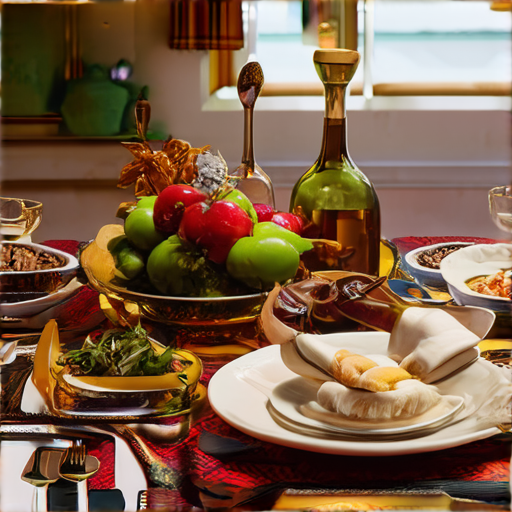
How to Create a Fine Dining Menu
To craft a fine dining menu, consider the following steps:
- Define the Concept: Decide on the theme or cuisine you wish to highlight. Whether it’s a tasting menu, a chef’s table experience, or a themed dinner, the concept sets the foundation.
- Structure the Courses:
- Appetizers or Amuse-Bouches
- Main Courses
- Desserts
- Optional Cheese Course or Intermezzo
- Select Ingredients: Source high-quality, seasonal, and locally-sourced ingredients. Prioritize freshness, sustainability, and flavor profiles that complement each other.
- Create Appetizer Options:
- Cured Meats Platter with Artisan Cheeses
- Truffle Oil-Poached Pear Salad
- Fried Calamari with Aioli and Pickled Vegetables
- Design Main Courses:
- Grilled Beef Tenderloin with Red Wine Reduction and Root Vegetables
- Roasted Salmon with Dill Cream Sauce and Quinoa
- Mushroom Risotto with Truffle and Parmesan
- Pair with Wines: Choose wines that complement each course, considering acidity, tannins, and flavor notes to enhance the dining experience.
- Develop Dessert Selection:
- Chocolate Fondant with Caramelized Pears
- Lemon Zest Crème Brûlée with Shortbread
- Warm Banana Split with Vanilla Ice Cream
- Add Cheese Course: Include a selection of artisanal cheeses with accompaniments like honey, nuts, and crusty bread.
- Present the Menu: Use descriptive language and creative plating to inspire anticipation. Consider adding amuse-bouches to set the tone.
- Explain Service Elements: Introduce the menu to guests, possibly by the chef or sommelier, sharing the inspiration and pairing suggestions.
By focusing on quality, creativity, and guest experience, you can create a menu that defines fine dining excellence.
What Are Fine Dining Foods?
Fine dining foods encompass a variety of sophisticated and artfully prepared dishes that emphasize quality, presentation, and flavor. These foods are typically served in high-end restaurants and cater to those seeking an exceptional culinary experience.
The following are some examples of fine dining foods:
1. **Appetizers** – Caviar: A luxury dish made from salted fish eggs, often served on toast or with blini. – Foie Gras: A rich, fatty liver pâté commonly served with fruits or honey. – Sushi: Japanese cuisine involving raw fish, rice, and condiments, requiring expert preparation. 2. **Main Courses** – Filet Mignon: A tender cut of beef, usually pan-seared and served with upscale sides. – Duck Confit: Peking-style duck prepared by braising the duck until tender. – Rack of Lamb: A premium cut of lamb, often roasted and served with aromatic spices. 3. **Desserts** – Crème Brûlée: A creamy custard dessert with a caramelized sugar crust. – Tiramisu: An Italian dessert layering coffee-soaked ladyfingers with mascarpone and cocoa powder. – Chocolate Soufflé: A rich chocolate dessert with a light, airy texture. 4. **Beverages** – Fine Wines: High-quality vintages that pair well with gourmet meals. – Artisanal Cocktails: Handcrafted drinks using premium spirits and unique ingredients. – Premium Teas and Coffees: Rare or organic varieties that offer complex flavors.
Fine dining foods are not just about taste but also about the experience. Skilled chefs focus on presentation, using artistic plating techniques to elevate the dish. The goal is to create a meal that delights the senses and leaves a lasting impression.
Explore more culinary experiences with Memories Restaurant
Do and Don’ts in Fine Dining
At Memories Restaurant, we believe that fine dining is not just about the food but also about the experience. Here are some essential tips to ensure you make the most of your dining experience:
What to Do
- Arrive Prepared: Plan your dining experience by reviewing the menu in advance and considering any dietary restrictions or preferences.
- Dress Appropriately: Fine dining often requires smart casual attire. Avoid casual wear like jeans or t-shirts.
- Listen to Your Server: Pay attention to your server’s recommendations and follow their guidance to enhance your meal.
- Be Punctual: Arrive a bit early to settle in and enjoy the ambiance before your meal begins.
- Savor Every Course: Take your time to enjoy each dish, sipping and tasting to fully appreciate the flavors and presentation.
- Engage with Your Host: Ask questions about the dishes, the chef’s inspiration, or any unique ingredients used.
- Show Gratitude: At the end of your meal, acknowledge your server’s efforts with a heartfelt thank you and consider leaving a tip.
- Link to Our Resources: For more tips on fine dining, visit our dining tips page .
What Not to Do
- Don’t Disturb the Experience: Avoid using your phone or tablet during the meal, as it can be disruptive to others.
- Don’t Over-Manipulate Your Food: Avoid playing with your food or making excessive noise while eating.
- Don’t Leave Messy Utensils: Place used utensils vertically on your plate or return them to the server after finishing your meal.
- Don’t Rush the Process: Allow yourself and your fellow diners time to enjoy each course without feeling pressured.
- Don’t Ignore Server Instructions: If your server provides specific suggestions or timing for courses, follow their guidance to ensure a seamless experience.
- Don’t Argue with the Chef: Chef-driven menus are crafted to pair dishes thoughtfully, so trust their expertise and enjoy the meal as intended.
- Don’t Bring Uninvited Guests: Ensure all attendees are confirmed before booking your reservation.
- Don’t Criticize the Meal Publicly: Save feedback for private conversations or directly with management if you have concerns.
By following these guidelines, you’ll not only elevate your dining experience but also contribute to a more enjoyable environment for everyone. Remember, fine dining is about appreciation, connection, and the joy of discovery. Happy dining!
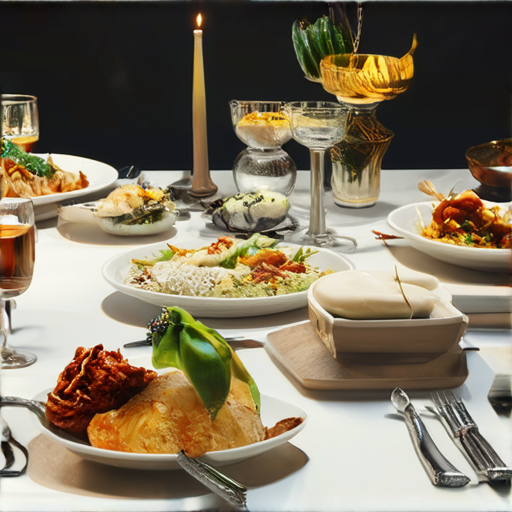
What Qualifies as Fine Dining?
Fine dining is an elevated culinary experience characterized by its attention to detail, ambiance, and overall guest satisfaction. It goes beyond typical dining experiences, focusing on quality, presentation, and an exceptional service.
Key Components of Fine Dining
- Atmosphere: A fine dining establishment creates a sophisticated environment, often with a sleek decor, soft lighting, and a calm ambiance.
- Service: Staff is highly trained, attentive, and knowledgeable about the menu, wines, and dietary preferences.
- Cuisine: The menu typically features innovative, locally sourced, and seasonally inspired dishes prepared by skilled chefs.
- Multi-Course Meals: Fine dining often includes a sequence of carefully curated courses, allowing guests to experience a variety of flavors and textures.
- Wine Pairing: Many fine dining restaurants offer expertly chosen wine pairings to complement each course, enhancing the dining experience.
Examples of Fine Dining Experiences
Establishments like Eleven Madison Park and The French Laundry exemplify fine dining through their meticulous attention to detail and commitment to excellence.
How to Identify High-Quality Dining
- Menu Clarity: A well-curated menu with descriptions indicating quality ingredients and preparation methods.
- Specialized Offerings: Signature dishes or tasting menus that showcase the chef’s creativity and skill.
- Staff Recommendations: Trust the server’s suggestions for wine, dishes, or pairing based on your preferences.
- Presentation: Artistic plating and visually appealing dishes that reflect the chef’s dedication to the dining experience.
Conclusion
Fine dining is more than just a meal—it’s an event that combines culinary expertise, exceptional service, and a memorable ambiance. Whether at a Michelin-starred restaurant or a hidden gem, the goal is to leave feeling satisfied and impressed.
Is There a Dress Code for Fine Dining?
Yes, many fine dining restaurants enforce a dress code to maintain an elegant and immersive experience. Here’s a breakdown of what to expect:
- Formal Attire: Elegant dresses, cocktail dresses, or tailored suits are often required. Women may opt for floor-length gowns, while men typically wear jackets and slacks.
- Semi-Formal Options: For less formal settings, stylish separates, skirts, or chinos with a blouse may suffice. Men might choose button-up shirts or sports jackets.
- Smart Casual: Some upscale restaurants allow a more relaxed yet polished look, such as slim jeans with a blazer or a chic top paired with dressy trousers.
- Accessories: Minimalist jewelry, a statement clutch, or a well-fitted watch can elevate your look without being overly flashy.
It’s essential to check with the specific restaurant beforehand, as dress codes can vary. For special events or high-end venues, stricter requirements may apply, such as evening gowns or tuxedos.
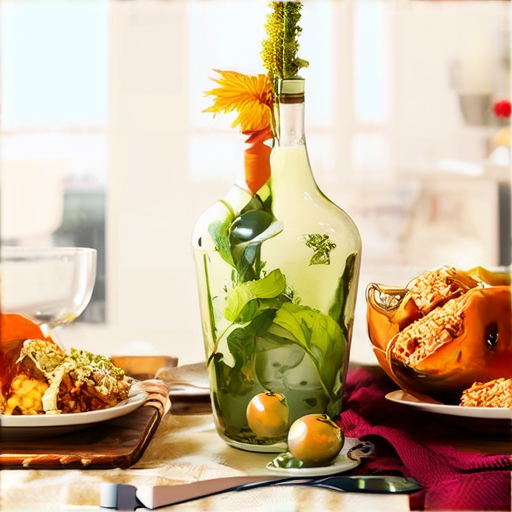
What is an Example of Fine Dining?
Fine dining is an exceptional experience that combines exquisite cuisine, attentive service, and a sophisticated ambiance to create a memorable meal. It is often characterized by its attention to detail, artistic presentation, and the use of high-quality ingredients.
Examples of Fine Dining Establishments
- Eleven Madison Park in New York City is renowned for its innovative American cuisine and elegant setting.
- The French Laundry in Napa Valley, California, offers a tasting menu that highlights seasonal and locally-sourced ingredients.
- Per Se in Manhattan is celebrated for its modern Japanese cuisine and impeccable service.
- Memories Restaurant provides a culinary journey through carefully crafted dishes that delight the senses.
Characteristics of Fine Dining
- Ambiance: Dark, intimate settings with soft lighting to enhance the dining experience.
- Service: Attentive and knowledgeable staff who guide you through the menu and wine selections.
- Cuisine: Sophisticated menus featuring farm-to-table dishes with artistic presentation.
- Exclusivity: Limited seating and exclusive access to rare wines and ingredients.
Fine dining is not just about the food—it’s about the entire experience. It’s about savoring each course, appreciating the craftsmanship, and enjoying the moment. Whether it’s a romantic dinner or a special occasion, fine dining leaves a lasting impression.
For those looking to elevate their dining experience, Memories Restaurant offers a unique blend of artistry and flavor that sets it apart from the ordinary. Our commitment to excellence ensures that every dish and every detail is meticulously crafted to deliver an unforgettable experience.
Conclusion
Fine dining represents the pinnacle of culinary artistry and hospitality. It’s about the passion for food, the dedication to quality, and the desire to create a perfect moment. Indulge in the world’s finest cuisines and let Memories Restaurant be your gateway to unparalleled gourmet experiences.


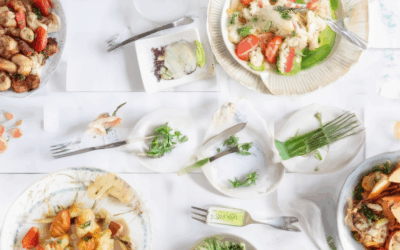
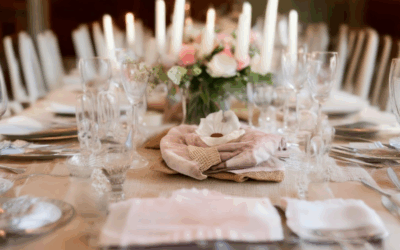
0 Comments